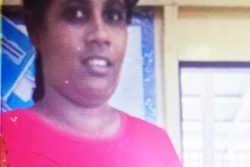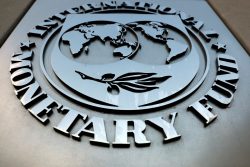Dear Editor,
July 1979 was the eve of the Great Civil Rebellion. Guyanese had grown tired of the PNC authoritarianism, blackouts, water shortage, the banning of basic food items, and retrenchment made life revolting. This was accompanied by anti-labour action in which workers were arbitrarily dismissed, harassed, beaten, and detained. Bauxite workers were imprisoned and teargassed in cells by police. Union leaders were threatened and detained. The re-enactment of the National Security Act (NSA) was a repressive law that gave the government the right to suspend habeas corpus, to restrict and detain any Guyanese without trial for an indefinite period. It increased police powers to search without a warrant.
Faced with the arrival of the Working People’s Alliance (WPA) on the political landscape, the PNC armed itself with more emergency regulations. The 135 days strike in the sugar industry had devastating effects on the economy and living standards of sugar workers, much of which has gone unmentioned. The massive boycott of the July 10th referendum had been condemned nationwide and by the international community. The strikes called by GAWU, NAACIE, CCWU, OWP, and University Staff Association was against the anti-government legislation enacted by the PNC. Workers’ protests and guerrilla meetings by the WPA, held without police permission, attracted thousands of Guyanese. These meetings were attack-ed by members of the House of Israel, the YSM – The Young Socialist Movement, and the TSU (Tactical Services Unit).
On July 10th, 1979 Walter Rodney, Rupert Roopnaraine, and Kwame Apata were arrested and charged with the burning down of the PNC secretariat. Hundreds of supporters came out in solidarity with the WPA. On Friday, July 13 there was a faceoff between WPA activists and thugs dressed in police uniforms that bore no numbers. A young photographer was chased by these thugs all the way to GIMPEX, located then in Regent Street, opposite where GUYOIL is presently located. He was given a good beating that caused him to be hospitalized and his camera taken away. It was against this background, on that sunny Saturday morning of July 14th, 1979 that Fr. Bernard Darke SJ, photographer of the Catholic Standard, was brutally stabbed to death with a bayonet by a member of the House of Israel, just a stone’s throw away from the Brickdam Police Station.
In those dark days, it was dangerous to photograph PNC thuggery breaking up opposition meetings. Burnham, in a frenzy, told the WPA to make their wills and warned them of his sharp steel. Fr. Bernard Darke SJ is regarded as the first martyr of the Great Civil Rebellion. Many others followed, including Walter Rodney. Today, 43 years after we remember Fr. Darke as the priest, photographer, teacher, and scout leader, of British birth he gave dedicated service to our community, to our country, and to God. Those who knew him remember his gentle nature, his inspiration, and athletic ability.
Sincerely,
Desmond Alli
General Secretary
Guyana United Artists (GUA)








